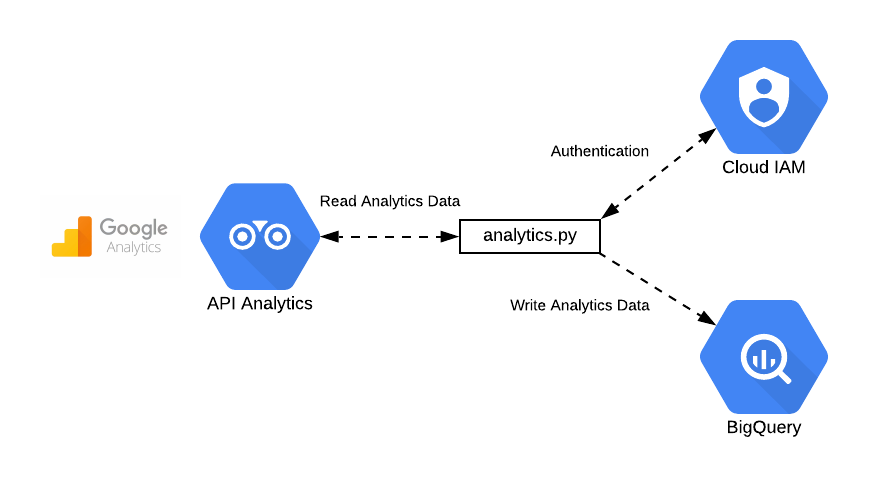
The tech sector has witnessed an unprecedented transformation driven by the rapid growth of artificial intelligence (AI) technologies. From healthcare diagnostics to financial forecasting and personalized entertainment, AI is reshaping industries at an astonishing pace. However, the growth comes with some serious challenges.
One big hurdle is AI model bottlenecks. These bottlenecks slow down progress, make development expensive, and limit how quickly AI tools can reach the market. This article explores the nature of these bottlenecks, their far-reaching impacts, and the strategic responses needed to mitigate them.
Understanding AI Model Bottlenecks
AI model bottlenecks refer to barriers that hinder the development, training, or deployment of AI systems, limiting their performance or scalability. These are not trivial obstacles; rather, they are fundamental limitations rooted in the very nature of current AI paradigms and the infrastructure required to support them.
These bottlenecks manifest in various forms, each presenting unique challenges to the tech ecosystem. Understanding them is critical to addressing the broader implications for the industry.
Types of Bottlenecks
A model is just a brain. An ecosystem is a brain, body, and environment working together. Ecosystems enable:
1. Hardware Limitations
The computational demands of modern AI models, particularly the increasingly complex and Large Language Models (LLMs), are astronomical. Training a cutting-edge LLM can require thousands of powerful Graphics Processing Units (GPUs) working in parallel for weeks or even months.
This insatiable demand has led to persistent GPU/TPU shortages as the manufacturing supply struggles to keep pace with an ever-accelerating demand, driving up prices exorbitantly.
Beyond acquisition costs, the sheer energy consumption required to train and run these colossal models presents a significant environmental and economic challenge for data centres. The heat generated necessitates massive cooling infrastructures, adding another layer of complexity and cost.
2. Data Challenges
AI models are inherently data-driven; their intelligence is directly proportional to the quality, quantity, and diversity of the data they are trained on. A significant bottleneck arises from the reality of insufficient or biased datasets.
Privacy concerns, driven by evolving regulations such as GDPR and CCPA, further complicate data acquisition and sharing, limit the scope of available training data, and increase the legal overhead for data management.
3. Algorithmic Inefficiencies
The pursuit of higher accuracy and broader capabilities has often led to larger, more intricate neural network architectures that demand vast computational resources and extensive training times. Issues like overfitting, where a model performs exceptionally well on its training data but fails to generalize to new, unseen data, remain persistent hurdles.
Furthermore, a general lack of generalizability across diverse tasks means that a model trained for one specific application may perform poorly or require extensive retraining for a slightly different, though related, problem, hindering widespread applicability.
4. Scalability Issues
Transitioning an AI model from a successful research prototype to a robust, production-ready application can be incredibly challenging. Difficulties in deploying models at scale encompass a myriad of issues:
- Integrating them seamlessly into the existing IT infrastructure
- Ensuring low-latency inference for real-time applications
- Managing model versions and dependencies
- Maintaining consistent performance as data distributions shift over time (model drift).
Operationalizing AI requires sophisticated MLOps (Machine Learning Operations) pipelines that many organizations are still struggling to implement effectively.
Impacts on the Tech Sector
The ripple effects of AI model bottlenecks extend across multiple dimensions of the tech sector, reshaping how companies operate and compete.
1. Slowed Innovation and R&D
Bottlenecks cause significant delays in developing cutting-edge AI applications. For example, in autonomous driving, the lack of diverse real-world data and compute power has pushed back timelines for full self-driving capabilities.
Moreover, fierce competition for limited resources creates a bottleneck of its own, stalling research and development efforts as companies scramble to secure what they need.
2. Rising Costs and Economic Implications
The financial burden of AI development is immense. Training a state-of-the-art model can cost millions in cloud computing fees alone, with hardware and data acquisition adding to the tally. Large tech giants like Google or Microsoft can absorb these costs, but startups and smaller firms often find themselves priced out, unable to compete.
3. Deployment and Adoption Challenges
Even after a model is trained, getting it into users’ hands is a challenge. Bottlenecks make the rollout of AI products slow and uneven. Non-tech sectors like healthcare or education may not have the tools or funds to adopt advanced AI quickly.
4. Ethical and Regulatory Concerns
Limited data and rushed development due to bottlenecks can exacerbate bias and fairness issues in AI models. Facial recognition systems, for instance, have faced criticism for racial bias stemming from unrepresentative datasets.
Additionally, the environmental toll of energy-intensive AI training has drawn scrutiny, with policymakers under pressure to address resource allocation and sustainability.
5. Hiring and Skills Gap
The demand for specialized AI talent far exceeds supply, with roles like data scientists and machine learning engineers commanding premium salaries. Companies face pressure to train and upskill their workforce continuously to keep pace with evolving AI techniques.
6. Shift in Competitive Advantage
Companies with access to the best hardware, datasets, and talent move ahead fast. Others fall behind. This widens the gap between tech giants and smaller players, making the market less competitive.
Strategic Responses by the Tech Sector
Despite these challenges, the tech sector is actively pursuing strategies to mitigate AI model bottlenecks, focusing on innovation and collaboration.
1. Advances In Hardware
To address hardware bottlenecks, companies are designing custom chips made specifically for AI tasks. Google’s TPU and Apple’s Neural Engine are examples. Quantum computing also shows promise for handling complex AI workloads in the future.
2. Improved Data Strategies
Firms are exploring new ways to get better data. Synthetic data (artificially generated but realistic datasets) is becoming popular. Federated learning enables models to train on data without transferring it, thereby protecting privacy while enhancing accuracy.
3. Algorithm Optimization
Researchers are working on more efficient AI models. Techniques like model pruning, quantization, and using lighter architectures (like smaller transformer models) can reduce resource use while maintaining performance.
4. Collaborative Efforts
Open-source communities and public-private partnerships help share resources and lower the barriers for smaller firms. Projects like Hugging Face and EleutherAI are giving developers access to powerful tools without huge costs.
5. Policy And Infrastructure Support
Governments are starting to invest in AI research and development. They’re also setting up infrastructure, like national AI labs, and offering grants for sustainable energy use. These efforts aim to level the playing field and support responsible AI growth.
Conclusion
AI model bottlenecks represent a critical challenge for the tech sector, slowing innovation, driving up costs, and deepening competitive disparities. From hardware shortages to data constraints, these barriers affect everything from R&D to product deployment while raising ethical and regulatory concerns. As the tech sector evolves, overcoming these challenges will not only drive progress but also redefine the competitive dynamics of the digital age.
Contact us or Visit us for a closer look at how VE3’s AI solutions can drive your organization’s success. Let’s shape the future together.








